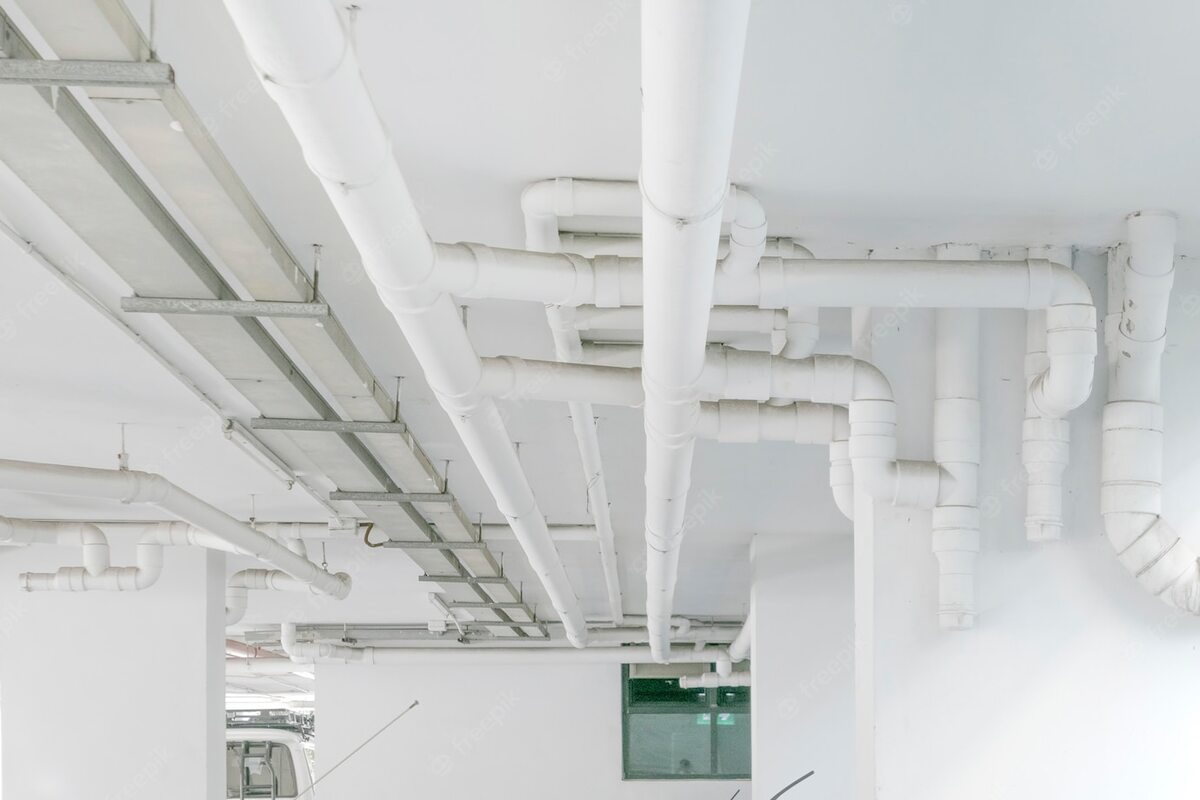Best Practices When Installing Water Lines In A Building

When developing buildings, maintenance is key. When contractors are out after completion of a building, it is now up to the property owner to take care of the building. We as contractors must implement the best methods to make sure maintenance and repairs can be carried in a convenient way.
In this article we will focus mainly on installation of pressure water lines (fresh and well water lines). We recommend these good practices to everyone involved in construction.
Installing Fresh Water Lines
To this day, many contractors install water lines underneath bathroom floor which is concealed by floor screed and tiles. In an event of a bursting pipe it would be extremely difficult and confusing to determine exactly what point the leakage is from.
We recommend to route water lines through the ceiling, install stop valves which could be accessed by a hatch and install a PVC ceiling. Therefore, in an event of a leak, the ceiling can be removed and leakage can be diagnosed easily.
Note: PVC ceilings can be removed and installed back easily. Fiber board ceilings have to be dismantled and repaired again.
Installing Well Water Lines
Previously, well water lines were installed with a seperate line and water pump for each apartment unit, but this practice is outdated. Today, we get fresh water 24/7 without disruption, and authorities have put in backup plans for any water shortage. Just for backup purpose we recommend keeping one water pump and one main well water line in the entire building. The main line can be branched to all apartment units. One well water tap in each bathroom and one tap to ground floor, no more.
More Tips
1. Connecting fresh water lines to sanitary-ware is safer than connecting well water lines as it will be duranle, clean and smell free. Modern sanitary-ware is water-saving too.
2. Water lines from the mains on ground floor should not be installed below ground level (under the screed) rather routed on walls and ceiling for easy maintenance.
3. Rainwater harvesting should be done only if the roof is maintained regularly and with an overflow system.
4. Make sure to use PVC high pressure lines for both well and fresh water lines.
We hope that this article was a good read and that you learned something new. If you have any questions regarding MEP (Mechanical, Electrical and Plumbing) designs, do not hesitate to reach out to us.